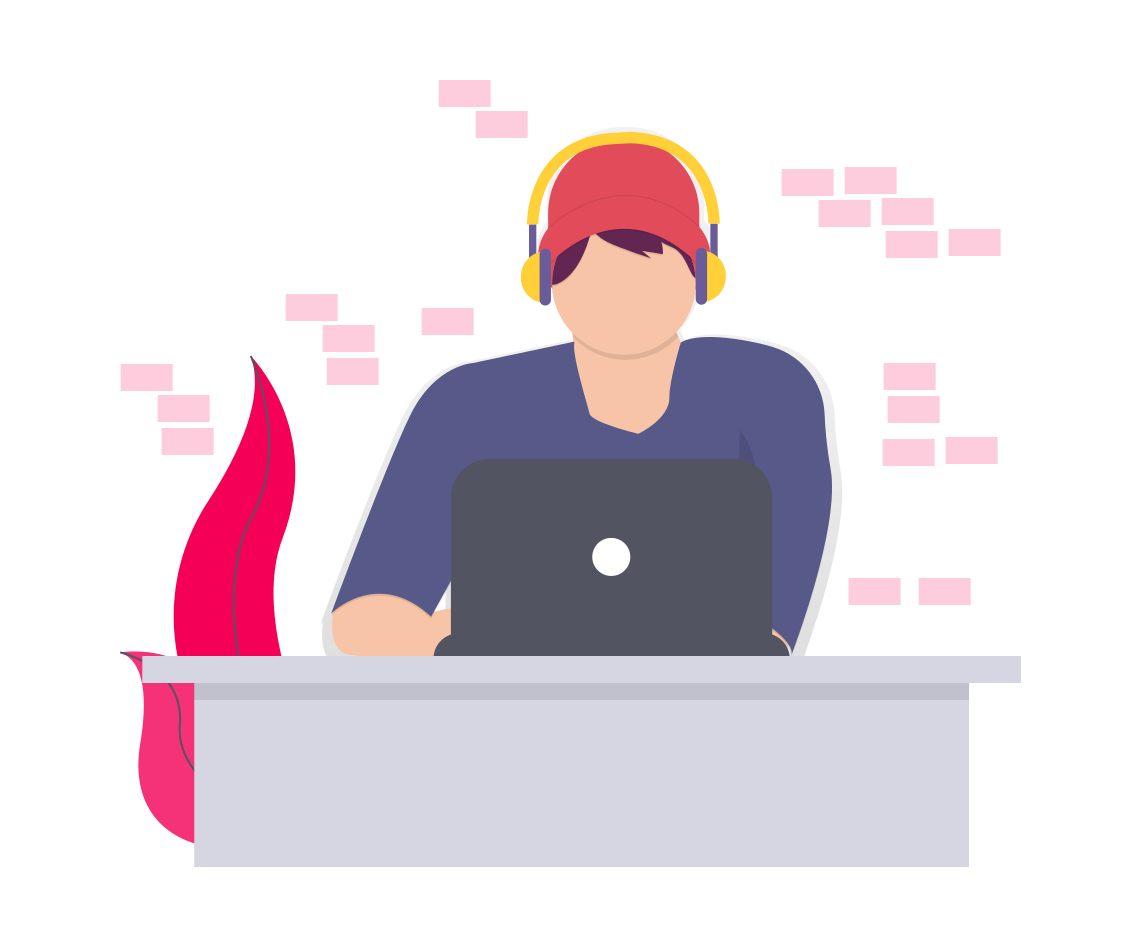Low-code and no-code platforms allow organizations to build and deploy software applications using individuals with little-to-no programming skills. These platforms let users drag and drop modular components into a framework to build applications. As the names imply, low-code platforms combine the visual development environment with custom coding that requires some level of programming experience. No-code environments allow users to create applications without writing a line of code. These platforms are very useful given the scarcity of IT talent and the strategic imperative to upskill and reskills teams.
Gartner projects that the low-code application platforms (LCAP) will reach $13.8 billion in 2021. By the end of 2022, the market will have grown by 30% in just two years. For reporting purposes, analysts consider no-code to be a subset of low-code platforms and do not distinguish between them.
How Are Low Code and No Code Platforms Used?
LCAPs are used to build applications for internal and external use. They can be used to create customer-facing applications that collect user information. Or, they can be used in conjunction with legacy systems to developing applications that improve operational efficiencies. The top uses for LCAPs include workflow and customer-facing applications. The platforms are also used to build web and mobile application front-ends.
Insurance Efficiency
Petplan implemented a no-code solution to reduce the cost of processing reimbursement claims. After deploying a no-code solution that collected all the required data, the process efficiency increased by almost 30%.
Healthcare
A leading healthcare provider wanted to pivot its focus to in-home care, which required a scheduling application with sufficient flexibility to respond to customer needs. Deploying a low-code solution enabled the company to release its new scheduling system in under six months and at 5% of the cost of a traditional development project.
Education
North Carolina State uses low-code development platforms to process hundreds of courses and registrations each year. With its in-house development team, the university is able to update its course catalog and registration system quickly and with fewer errors.
Low Code and No Code Platforms Features and Functionality
In its report on critical capabilities for Enterprise Low-Code Application Platforms, Gartner considered 11 essential features.
Intuitive Development
LCAP solutions need an intuitive user interface that does not restrict the ability to develop workflow applications that require data management and logic. LCAPs should provide debugging and testing of applications with support for both low- and no-code usage.
User Experience
Many LCAPs are used to build web and mobile front-end applications. That requires data validation, cross-platform support, and mobile-specific features such as push notifications and GPS access. Vendors need to provide tools that can be deployed in business-to-consumer environments.
Data Management
Data collection and sharing is an essential part of LCAP applications. These solutions should have sufficient capacity to support data requirements and interface into external databases. Each provider should have a data integrity framework with support for versioning, auto-computed fields, and data triggers.
Workflow Logic
How well a product supports decision logic determines the degree to which LCAPs can execute complex business workflows. For example, can the platform support visual process models and automation mechanisms for RPA-type implementations?
Platform Support
Vendors should provide developer documentation and training support. Functionality such as component stores, predefined data schemas, user interface templates, and predefined processes help speed delivery and improve productivity.
Integration
Low-code applications often need to share data and integrate with back-end applications, many of which are legacy systems. API availability and support for cloud and database connectivity are essential features for any LCAP provider.
Architecture
Being able to support multiple types of application architectures such as event processing, IoT, and edge deployments increases LCAP flexibility. As the industry expands, vendors need to add support for multiple versions of an application, cross-platform operations, and a range of implementations.
Service
Depending on their use, LCAPs may need to provide support for multi-cloud and multitenancy implementations. They must provide high availability with low latency and high concurrent usage. They need to auto-scale and ensure application redundancy.
Users
With multiple users, LCAPs must be able to separate capabilities but also support distributed development. Some form of code documentation should be available with external versioning and storage. Other considerations are management of local development and merging to maintain version control. Some LCAPs provide a generic solution, while others deliver a more specialized environment.
Governance
Application governance is essential for software control. LCAPs should provide individual access rights, performance monitoring, and development tracking. These controls are needed as development becomes more distributed using citizen developers.
Security
Maintaining security during software development requires robust processes. Vendors should have clearly documented methods for authorization and authentication, including MFA and mobile identities. Encryption and code security measures are a must.
Is your enterprise adopting the low code and no code platforms and the paradigm?


